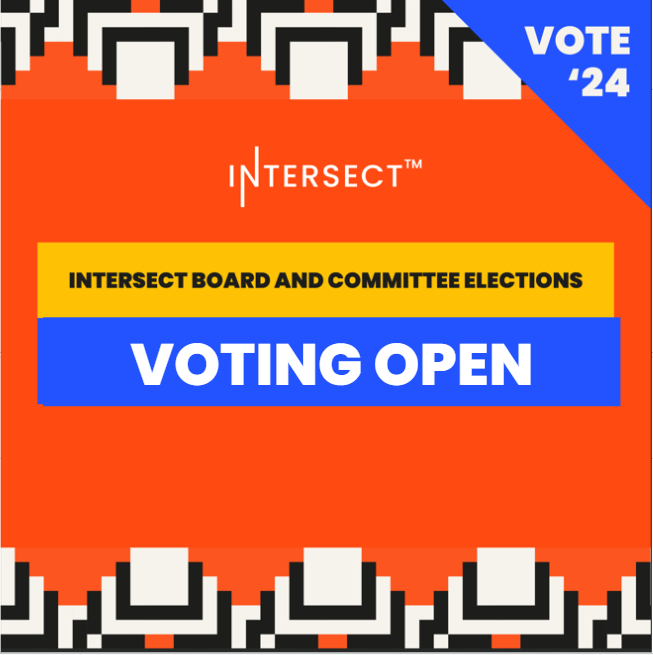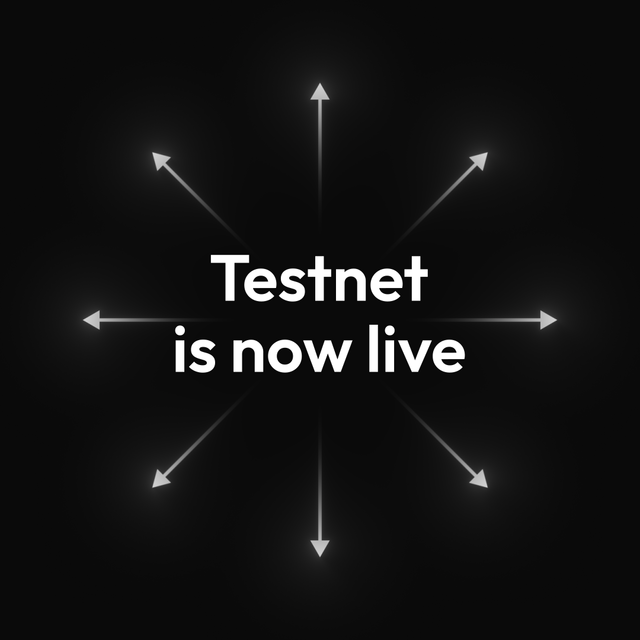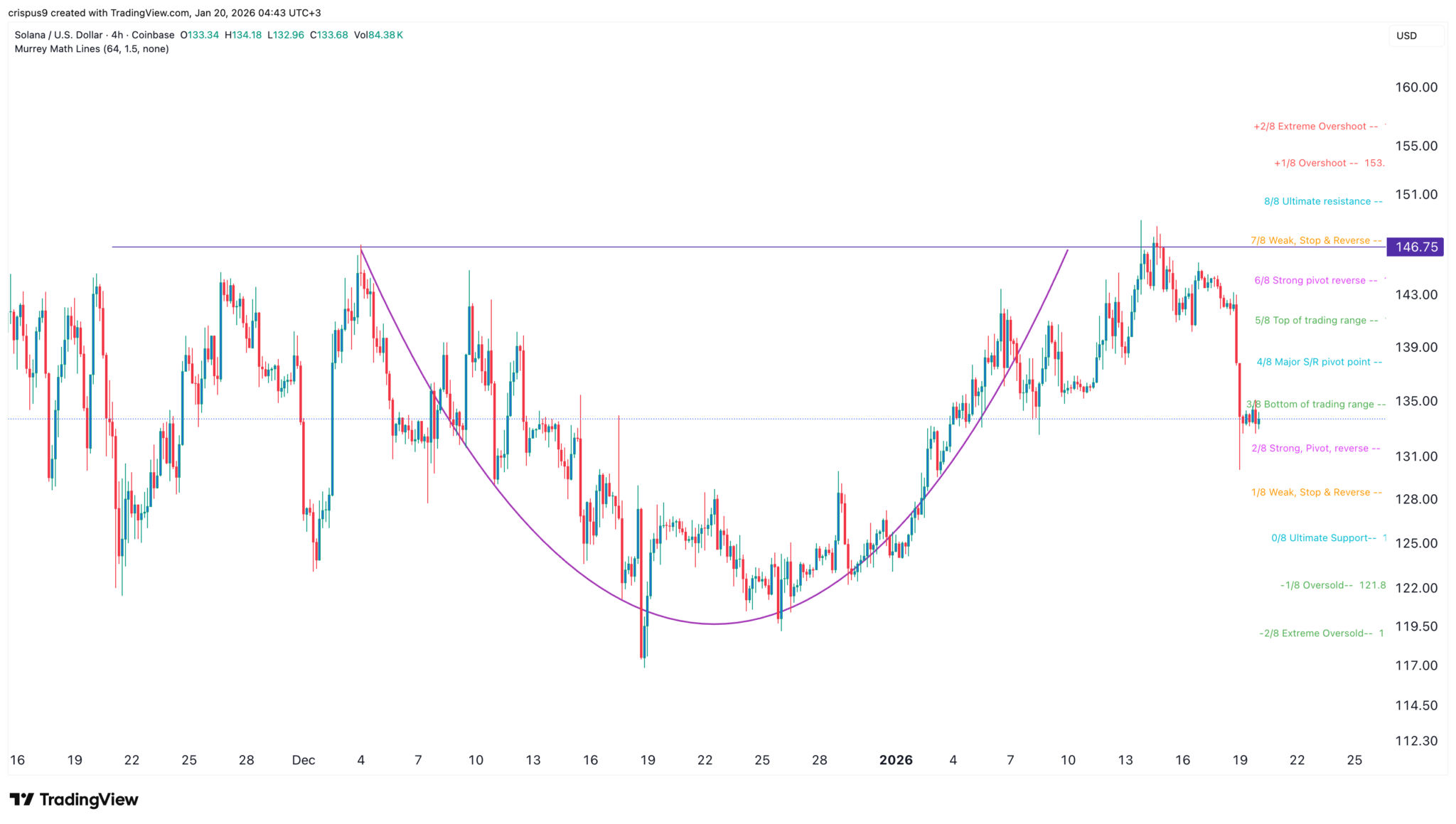Learning from the end of the Ardana and Orbis projects
The termination of the Ardana and Orbis projects has sparked debates in the community. Investors are disappointed. The reality is that 90-95% of startups fail. In the blockchain industry, the score will be likely slightly worse. I wouldn't be...

The termination of the Ardana and Orbis projects has sparked debates in the community. Investors are disappointed. The reality is that 90-95% of startups fail. In the blockchain industry, the score will be likely slightly worse. I wouldn't be afraid to say that 99% of projects will fail. Cardano will survive third-party project failures just like all other smart contract platforms. There are currently several hundred projects being built. Even if we are big pessimists, we can say that in a few years we can have 10 successful projects with a large number of users. This number, with competition at its back, is amply sufficient for Cardano's success. We could conclude that almost nothing has actually happened and end the debate there. However, it would be a shame not to take some lessons from the event.
TLDR
- Even if the CEO of the Ardana project had paid the developers above average, he could have had 50 of them for 4 years.
- It's normal for a project to fail. In the blockchain industry, transparency is expected when a project is funded by the community.
- Blockchain is an industry like any other, even riskier, so the same laws apply there as anywhere else.
- The Orbis project applied for $1M in Catalyst Fund 8.
- If a third-party project fails, it's a failure of the team, not the Cardano platform.
How much money is required for success?
Both projects had the same CEO, Ryan Matovu. The following was announced on the official Twitter feed of the Ardana project:
"Unfortunately due to recent developments with regard to funding and project timeline uncertainty, the Ardana project has had to come to a halt. Development on Cardano has been difficult with a lot of funding going into tooling, infrastructure and security. "
In November 2021, the project raised $10M in a strategic funding round led by Three Arrows Capital, CFund, and Ascensive Assets. At the time, CEO and co-founder Ryan Matovu said:
“Along with the investors’ expertise, this funding will allow us to establish Ardana as one of the premier Defi gateways on the Cardano blockchain. The future is bright.”
First of all, it is very unprofessional to blame the Cardano platform for the failure of the project. If any project is applying for funding, they should be familiar with the development using the platform and know what they are getting into. This is the only way to estimate future development costs. If the third-party team encounters problems during the development of the application, they can ask for help from the IOG team, another project, or the community. Both projects, Ardana and Orbis, pretended everything was fine until the last moment. As far as I know, no one, not even the investors, was informed about the problems.
At the time of the announcement of the termination of the projects, stablecoin, many DEXs, and lending platforms already existed in the Cardano ecosystem. These projects were capable of delivering what they promised and the development was apparently successful.
10M USD for the development of the Ardana project is a royal budget. Many projects have been built in the Cardano ecosystem for much less. It doesn't make much sense to compare the different projects as each has different ambitions and different development conditions. What we can do, however, is think rationally in the context of costs in the traditional IT world.
What is the annual average salary of programmers in different countries? In the US it is $110,000, in Canada $61,000, in Germany $52,000, in Singapore $42,000, in Japan $36,000, in China $23,000, in Poland $22,000, in India $8,000.
If the CEO of the Ardana project paid each developer a $100,000 annual salary, 50 team members could work on the project for 2 years. If he gave the developers the average European salary, he could have 50 developers for 4 years.
If the team list on the official website is complete, it only had 13 members including the CEO. The Twitter account of the project was created in May 2021. The existence of the project was 1.5 years. Based on my calculations, even if each team member took $200,000 a year, more than half of the budget had to stay.
It would be fair to the investors and the community if the team explained the reasons for the project's failure, what it has managed to build in that time, the costs involved, how much money is left in the fund and what will be done with it.
Any project can fail for many different reasons. In the blockchain industry, teams are expected to be transparent first and foremost. It cannot be common for someone to raise a huge amount of money to fund a project and then announce the termination after a relatively short period of time. This is not enough and we should not accept it. If the project is at least partially funded by the community or Catalyst, the team should realize that they cannot just quit and walk away. The team has a responsibility to the investors.
Our feeling is that Ardana announced the project prematurely and at a time when development tools were not available. The team probably chose a "try and see" strategy.
Project funding
People should be aware that investing in startups is risky. The blockchain industry has attracted many people who have no experience in investing. They often think that they are investing in something new right from the start and that they will profit from it. This is a big mistake. Just like in any other industry, most projects fail. Blockchain is an industry like any other, even riskier, so the same laws apply there as anywhere else.
The blockchain industry is specific in that it is still largely unregulated. This is why there is more fraud in it than in other industries. Everyone should keep this in mind when trying to gauge the risk of an investment. During the ICO mania in 2017, it was common for teams to raise money and quietly walk away. Often they just delivered a website and wrote a white paper.
ADA holders should also be careful when voting in Catalyst. Getting Catalyst funding is more difficult for teams. However, despite great efforts to select relevant projects, it happens that a funded project fails. I repeat this is a perfectly normal phenomenon. If a project gets funding that is challenging to deliver, the project can fail for many different reasons.
The Orbis project applied for $1M in Catalyst Fund 8. The community was concerned that the project might fail. Project Orbis was not funded. This was probably one of the reasons why the project ended.
Although we don't know if the Orbis project would have continued if it had received funding, we can say that Catalyst works better than regular ICO projects. Teams applying for funding in Catalyst go through some filtering and must be able to answer relevant questions.
In general, third-party teams need to get funding and that can be provided by future users or people who are willing to take risks. Risk is always associated with the possibility of losing the investment. From our perspective, people shouldn't buy tokens for projects whose team is unknown and that have nothing to show for it other than a website and a white paper. Teams should only ask retail for funding when they can show proof of concept.
There are projects that have released tokens after they have been successful. If a project is successful and adopted, the project tokens tend to gain adequate market value.
Cardano is a platform
Cardano is a platform that opens up the possibility for third parties to build an app. The third-party team is fully responsible for whether their project succeeds or fails.
Third-party developers decide how to fund the project. The project can be funded by VC funds, by Catalyst or by the community. The team is responsible for managing the money well and being able to fund the development to completion.
If a project fails, it's a failure of the team, not the Cardano platform. It's similar to a startup getting VC funding to create a new social network. They would choose the Java platform for development. If the team didn't complete the project, probably no one would believe the team that Java was to blame for the failure.
The Cardano ecosystem is not as developer-friendly as traditional development platforms. Cardano is a young platform, so developers may have difficulty with documentation, tool availability, or finding developers. It is possible that the team has to create some of the necessary tools themselves.
The team should do a good analysis of the platform before deciding to build on it. If they subsequently assure investors that they are able to deliver the app according to the roadmap, this claim must be based on facts, not feelings. The team needs to know what tools and options are available to them and what they may potentially be missing. Teams can collaborate on the development of tools, or funding can be obtained to develop them.
It's unfair of the Ardana team to blame Cardano's platform for the failure of their project. The team, with its high budget, certainly had many options to address the situation. For example, it was possible to pause the project, create the necessary tools, and then move on. Maybe the CEO of the project didn't find quality developers. That, of course, is his failure.
Cardano platform survives failed projects. Of course, it is important that the reason for the failure is not the platform itself. In this case, however, I don't think so. Moreover, new tools and libraries are gradually emerging and developers are slowly learning to use them. It is possible to develop on the Cardano platform, and existing projects prove it.
Ardana and Orbis will be among the many other projects that will fail. This is the reality. Projects will come and go. Cardano stays and will improve over time.
Conclusion
Projects should have a good estimate of how much they need to develop the app. If the amount is too high, the team should be able to explain why. I dare to say that for the budget the Ardana project received, a completely new smart contract platform could have been built. A lot of other useful applications or tools could have been built for 10M USD. The investors are the most disappointed as they had their own skin in the game. Let's see if the team will be able to credibly communicate the reasons for the failure and return a part of the budget back to the investors.
There is a lot of competition in the Cardano ecosystem. Other projects will build what Ardana and Orbis planned to deliver. Nothing changes for Cardano and it will definitely survive the fall of these two projects.
Delegate Your Voting Power to FEED DRep in Cardano Governance.
DRep ID: drep12ukt4ctzmtf6l5rj76cddgf3dvuy0lfz7uky08jfvgr9ugaapz4 | We are driven to register as a DRep by our deep dedication to the Cardano ecosystem and our aspiration to take an active role in its development, ensuring that its progress stays true to the principles of decentralization, security, and community empowerment.DELEGATE VOTING POWER!








